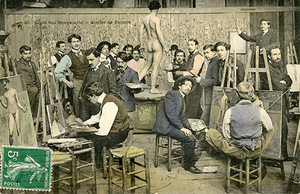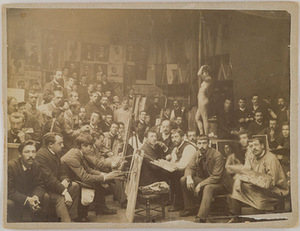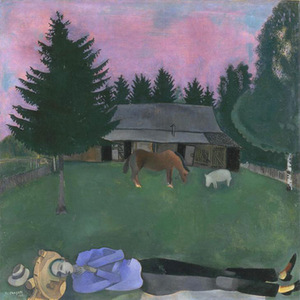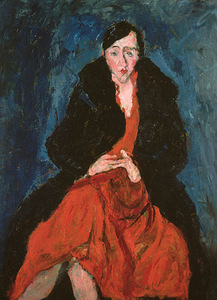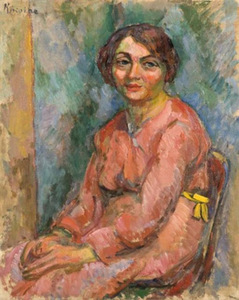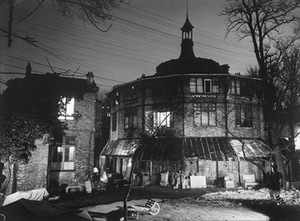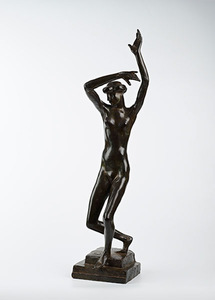Influence of Paris schools on Lithuanian art (Part II) 3
In brief: Most of the Litvaks who had studied at l’Eécole de Paris were coming from various Vilnius art schools. It was the artists coming from Lithuanian territory who had given the basis for the art critics to call the second wave of l’Ecole de Paris – l’Eécole Juive (Jewish school), which "occupied" the French capital during 1909-1913.
According to French sources, already in the mid-19th century, from the 6000 artists living in the capital, 1500 of them were settled in Montparnasse, which formed a kind of counterweight for Montmartre - a center of French avant-garde artists. Litvaks where also housed there, thus the number of Montparnasse artists in the early 20th century was rising. The main artists’ colony was gathered at the famous La Ruche (Hive).
Ironic, but this environment has nurtured the most famous artists of the 20th century, among whom, the Litvaks, who had brought colors of the reviving Jewish secular consciousness into Paris culture, alongside the unknown realities of everyday life in the European margins. Chagall from Vitebsk had brought a poetic world of Hasidic Jews, Ch. Soutine - a worldview full of dramatic despair and tragedy and his youth friends M. Kikoine, P. Kremeneg and E. Mane-Katz - a more balanced perception of the world with clear traces of youthful visions.
Our painters where fascinated by the fact that Modigliani unlike many other highly integrated Italian, French and Spanish Jews never hid his Jewish origin and actively responded to any instances of anti-Judaism. He was the one who brought Ch. Soutine together with a Litvak sculptor Oscar Mestchianinov (1886–1956), who later became the young man's guardian. Modigliani, who had a refined taste helped Litvaks to orientate better in the history of art, introduced them to the museums and art studios.
The early Chagall canvases of the Paris period stand out not only with unbridled imagination, but also with the style close to French postimpressionist artist, who was painting in a primitive manner - Henri Rousseau (1844–1910). They shared a worldview, a disarming honesty, playfulness and naiveté, ecstatic joy, happy life and the outbreaks of the fullness of being.
Sentimentalism or idealization of real life are foreign to Ch. Soutine's works, therefore art critics describe the Litvak's worldview as deeply pessimistic. It is here that the artist’s attention to dark and unattractive sides of life, human deformities, and rough existence fraught with suffering arises. He is a merciless master of l'Ecole de Paris, who abhorred any simulation, adorned reality and was a candid assessor of reality.








